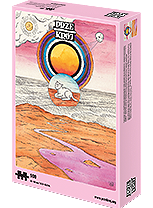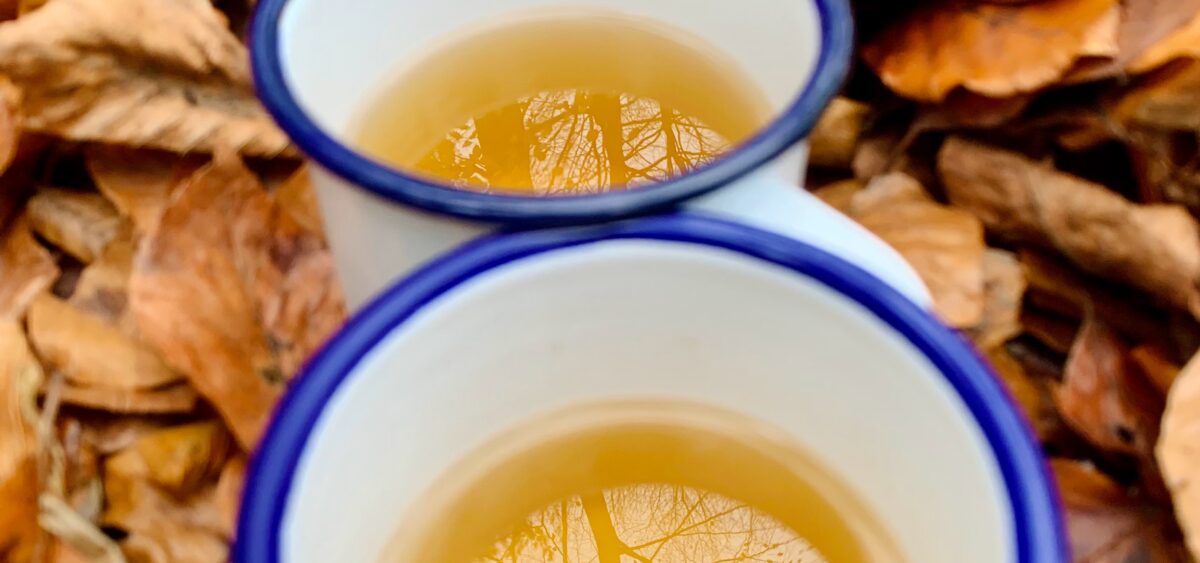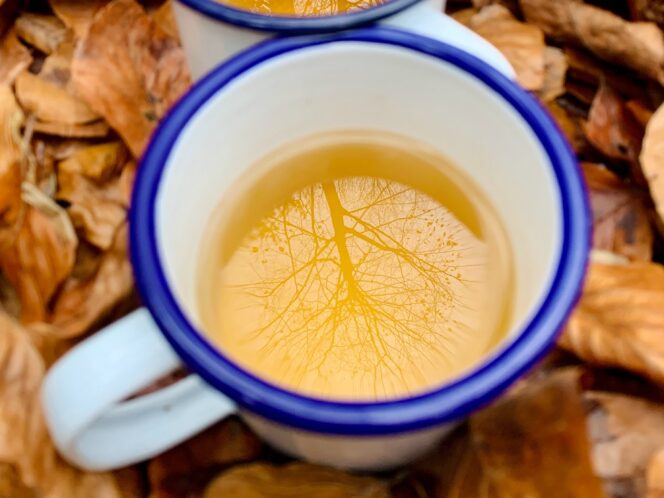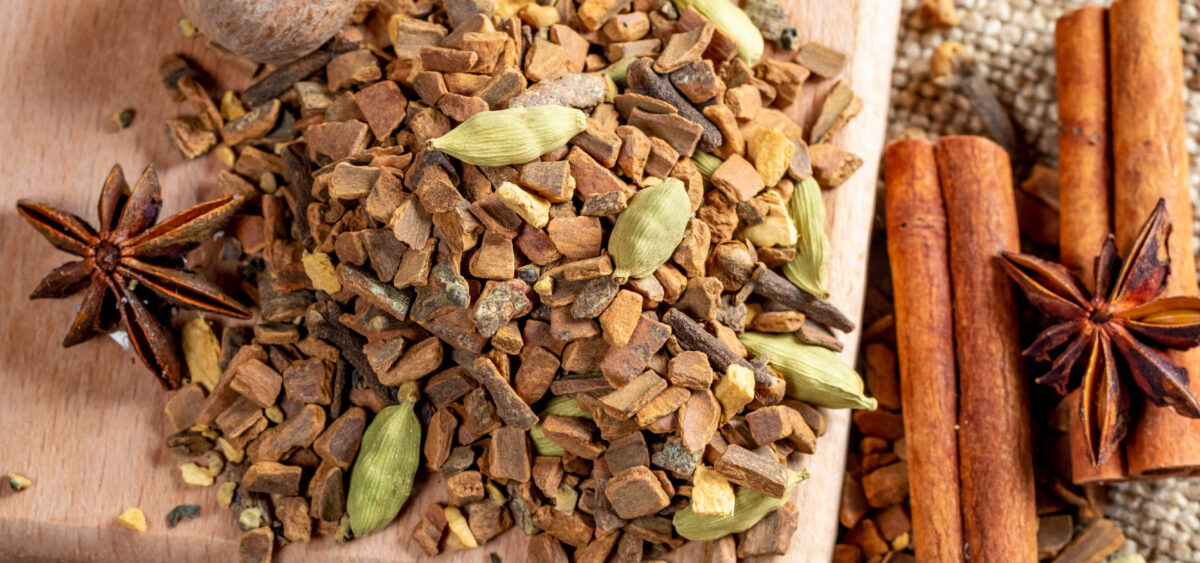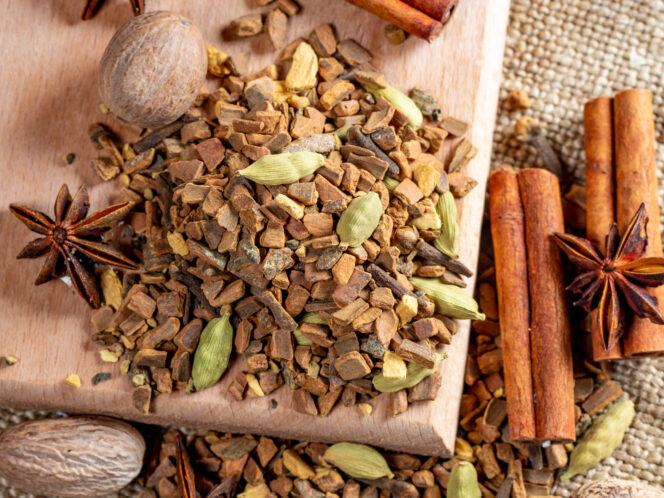
Despite its mundane appearance, each cup of tea is produced thanks to the sophisticated power of chemical particles and aging processes, both of which ultimately give drinkers strength and stimulate the senses.
According to legend, when Bodhidharma, the monk who brought Chan Buddhism to China, arrived at the Shaolin monastery, he was not permitted inside. Frustrated, he headed for a nearby cave, where he meditated incessantly for nine years. After seven sedentary years, he became sleepy, and even though he only closed his eyes for a moment, when he woke up his heart was filled with disgust at his own weakness. In anger, he grabbed a knife and cut off his eyelids, so that sleep would never again disturb his meditative trance. The cut-off skin fell to the ground and immediately started to sprout, giving rise to the first two tea shrubs. From then on, monks could take advantage of tea to fend off tiredness and the desire to sleep.
The Tea Map
The real story of this infusion—one of the most common, made almost everywhere in the world in countless ways—is probably much more prosaic. The effects of tea, as well as that of many other plants whose active ingredients turned


